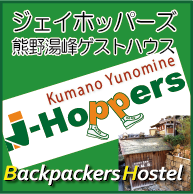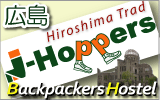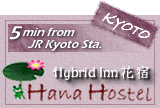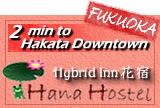Here is the schedule:
- July 7: Shrine visit by chigo children of Ayagasaboko
- July 10: Lantern parade to welcome mikoshi portable shrines
- July 10: Mikoshi arai, cleansing of mikoshi by sacred water from the Kamo River
- July 10 through 13: Building-up of floats(Former parade)
- July 13 a.m.: Shrine visit by chigo children of Naginataboko (in the morning)
- July 13 p.m.: Shrine visit by chigo children of Kuse Shrine (in the afternoon)
- July 14: Yoiyoiyoiyama(Former parade)
- July 15: Yoiyoiyama(Former parade)
- July 16: Yoiyama(Former parade)
- July 16: Yoimiya shinshin hono shinji, dedicative art performances
- July 17: Parade of yamaboko floats(Former parade)
- July 17: Parade of mikoshi from Yasaka Shrine to the city
- July 18 through 20: Building-up of floats(Latter parade)
- July 21: Yoiyoiyoiyama(Latter parade)
- July 22: Yoiyoiyama(Latter parade)
- July 23: Yoiyama(Latter parade)
- July 24: Parade of yamaboko floats(Latter parade)
- July 24: Parade of hanagasa or "flower parasols"
- July 24: Parade of mikoshi from the city to Yasaka Shrine
- July 28: Mikoshi arai, cleansing of mikoshi by sacred water from the Kamo river
The streets are lined with night stalls selling food such as takoyaki, sweets, and many other culinary delights. Many girls dressed in yukata(summer kimono) walk around the area.
During the Yoiyama evenings leading up to the parade, some private houses in the old kimono merchant district open their entryways to the public, exhibiting valuable family heirlooms. This is a precious opportunity to visit and observe traditional Japanese residences of Kyoto.















